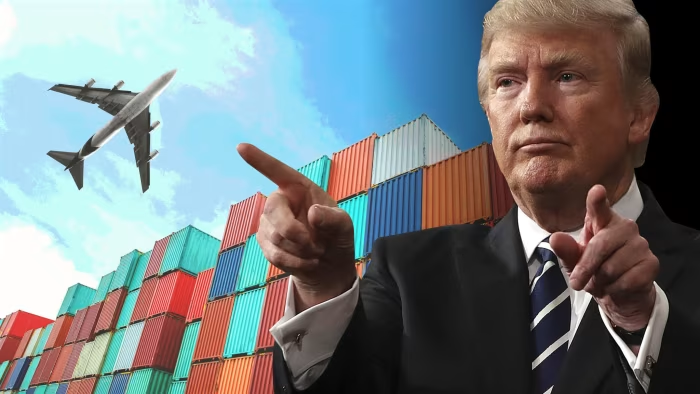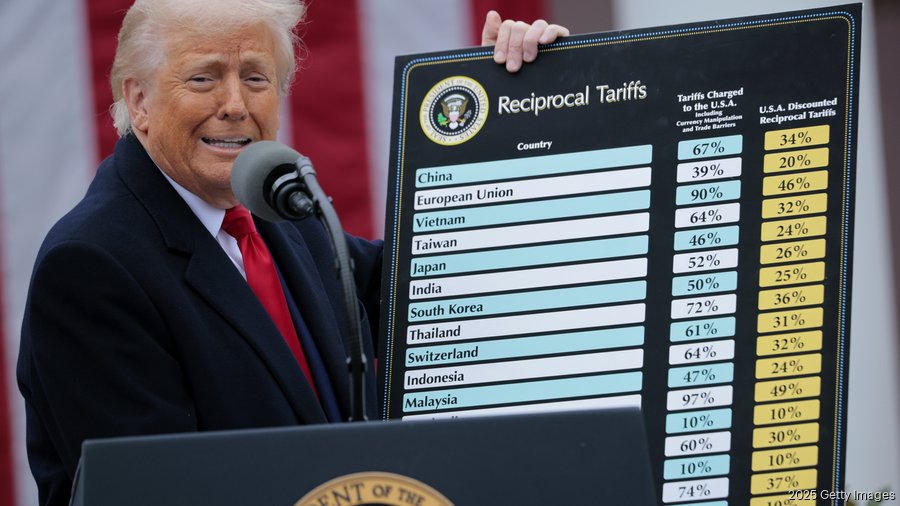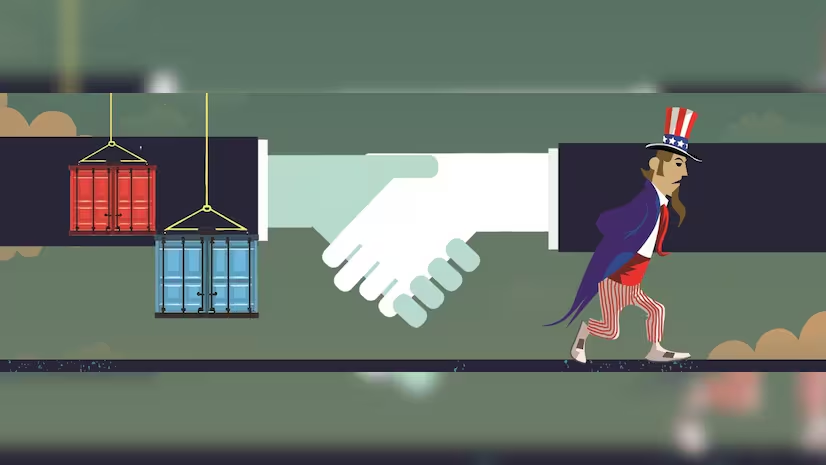The United States has always played a significant role in global trade, but when it applies customs duties, the entire world suffers. While tariffs are still a reasonable topic in 2025, the United States continues to use its economic might, leaving its trading partners in a disorganized state of readjustment. These customs rights, which range from steel to soybeans, are more than just taxes; they are a sophisticated dance of power, politics, and retaliation that redefines the rules of international trade.

The Tariff Adjustment
In order to protect domestic industries and gain an advantage in commercial negotiations, the United States has favored the use of tariffs, which are actually taxes on imported goods. Taking into consideration Trump’s commercial disputes, which included 25% tariffs on aluminum, 10% tariffs on steel, and a number of other restrictions on Chinese imports. As of right now, even though the specifics differ from one government to the next, the tariff tool is still in use. Whether it is to support American farmers or to oppose technological imports, the United States continues to advocate for “America First” despite the growing interdependence of the global economy.
Winners and Losers on the Dance Floor
Who is uncoordinated and who is a good dancer? The increase in customs duties may cause the price of imported goods to rise, benefiting local businesses such as agribusinesses and automobile manufacturers. However, not everything is always simple. Consumers in the United States are frequently faced with price increases, and supply issues affect sectors such as technology and the automobile industry, which rely on imported parts.

The Waltz of World Trade
Recede, and the tariff dance disrupts global trade. The World Trade Organization (WTO), which is responsible for ensuring the smooth operation of commercial exchanges, is closely monitoring the erosion of its rules by universal tariffs. Supply chains, formerly optimized for efficiency, are becoming complicated as companies delocalize their manufacturing, such as car manufacturers who transfer their facilities from China to Thailand to avoid customs duties. Do not neglect the unpredictable factor of inflation. When customs duties increase costs, central banks around the world work hard to keep prices stable, sometimes at the expense of growth.

The Overarching Pattern
Whether or not they are appreciated, the United States’ imposed tariffs are a power play with a global echo. They believe that short-term challenges like cost increases and business conflicts will pave the way for long-term benefits like strengthened sectors and better deals. However, in a world where no economy is isolated, the effects extend well beyond American borders. The opponents pass by the activity, the allies squabble, and other competitors bond on the dance floor.
As we move forward into 2025, one thing is certain: the high American tariffs won’t go away anytime soon. All economic actors, whether it’s a chaotic dance or a gradual advancement toward economic supremacy
